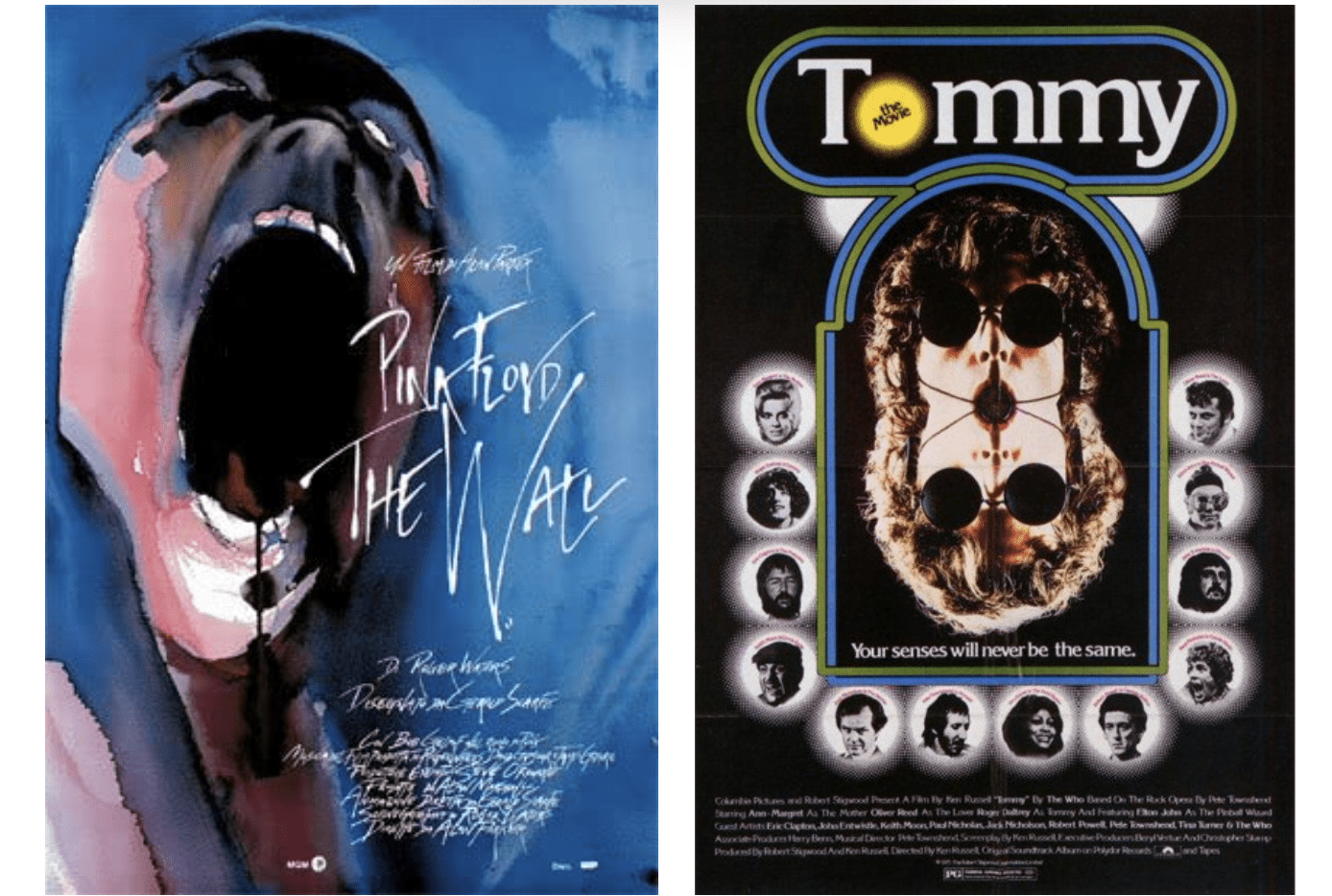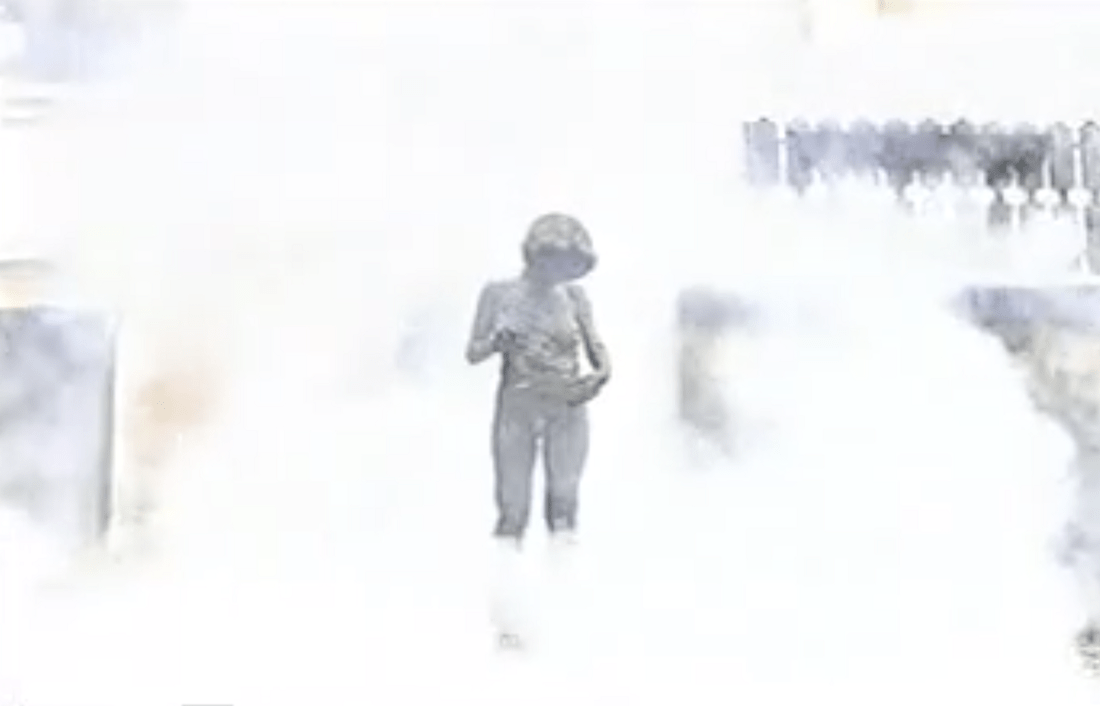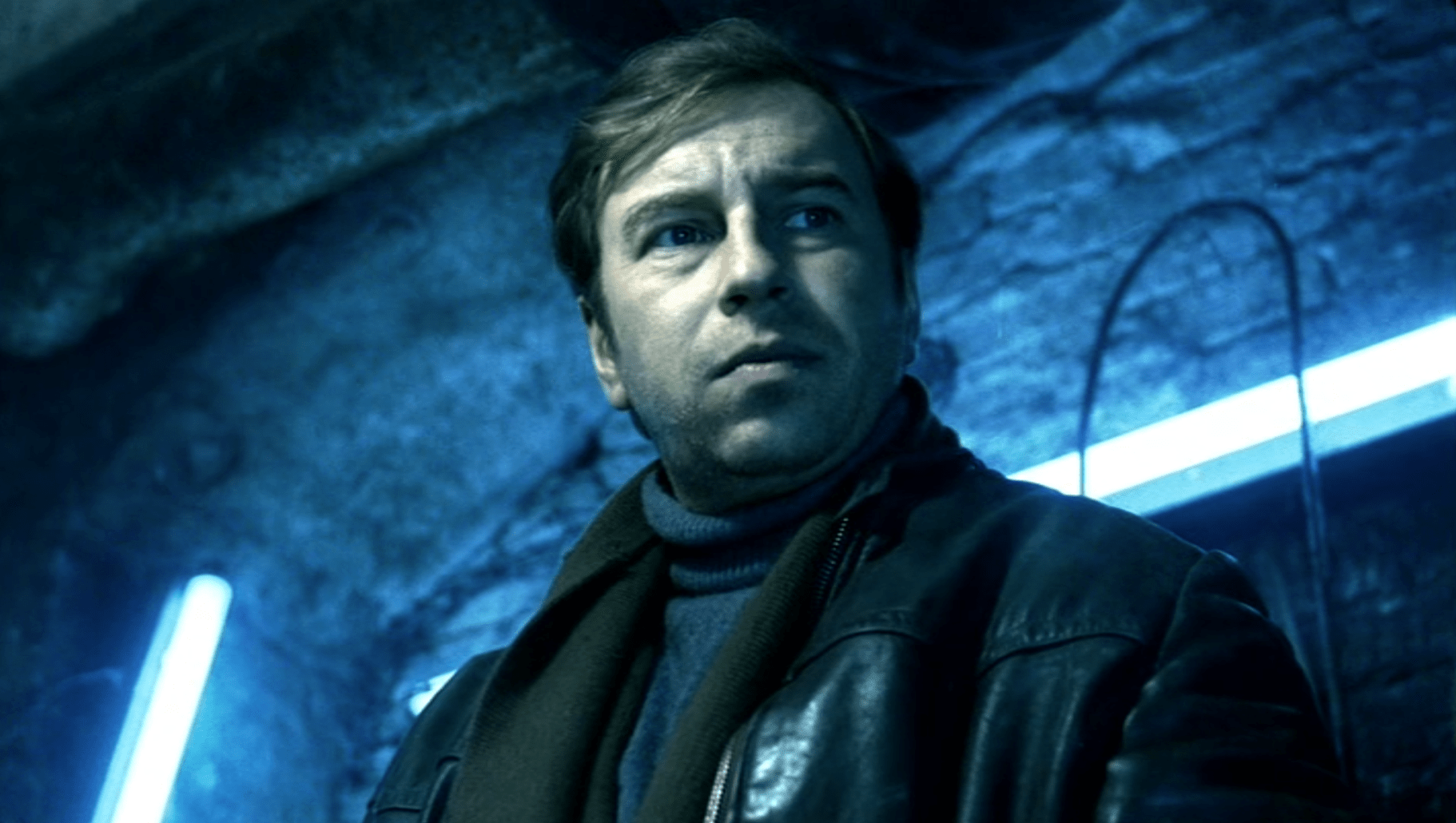
“These assorted sluts, fags, dykes, and pimps know no bounds. They have committed acts against God and nature. Acts that by their mere existence would make any decent person recoil in disgust. You want to see them and we’ve got them!” So says the carnival barker who opens John Waters’ film Multiple Maniacs. Waters is speaking to his audience. He’s inviting us to indulge in the depravity he so deeply loves, but there is clearly an edge of anger. This is typical of Waters’ early films. Multiple Maniacs (1970) is his second full feature after Mondo Trasho (1969), and just before Pink Flamingos (1972) all three films are unmistakably bitter and angry.
His early films are brazen and bold but the clever and kitschy satire that he would become famous for yet to fully develop. Part of what make Water’s films interesting is his love hate relationship with America and the American Dream. His characters, especially Divine, pine for middle-class, suburban, bliss but are just too desperate and deviant to fit in. Waters allows his characters to express their hatred for the racist, homophobic, bourgeois, hypocrisy of American affluence while simultaneously being unable to escape its allure. This nuanced dynamic is out of kilter in Waters’ early films. In the early 70s the young Waters was making films in a society that deemed his very existence criminal and his frustration with his status showed.
Waters embraces his being labeled as an unwanted freak and accuses America of secretly loving him. He invites you to clutch your pearls and act shocked but points out that you are irresistibly curious. He may be a sexual deviant but if you are watching him what does that say about you?
Even in these early films, Waters had already assembled his cast of regulars dubbed “The Dreamlanders.” The name of Waters’ production company. Actors like Divine, David Lochary, Mink Stole, and my personal favorite, Edith Massey were with him from the very beginning and would continue to work with him for decades to come.
As a film, Multiple Maniacs flails around wildly smacking everyone and everything in the face. There is a lot of whining, and bickering, and yelling, and fighting, and breathless, overwrought, drama. Some of the scenes are interminable, but it is Waters’ cavalier abandon that fuels the film. If he wants to shoot a scene where Mink Stole shoves a rosary up Divines ass and brings him to orgasm in a church, or have Divine raped by a giant lobster in his living room, then that’s exactly what Waters is going to do. The lobster is Waters’ brother Peter dressed in a papier mache costume but the scene is still pretty disturbing.

The last 15 minutes of Multiple Maniacs are worth the price of admission. The film turns into a cross between a slasher movie and a Godzilla movie. Divine really lets loose as he descends into maniacal mayhem. He runs around grimacing and gnashing his teeth while he terrorizes Baltimore to the strains of Holst’s Mars. Then finally he is gunned down in the street by the national guard while America The Beautiful drowns out everything else. The Kent state shootings happened that same year. I’m not sure if Waters was referring to them or predicting them but they resonate either way.

Waters’ makes several references to current events. Nixon, The Weathermen and the Patty Hearst killings are all mentioned along with references to Pier Paolo Pasolini, Herschell Gordon Lewis and Andy Warhol. There is room for virtually anything in a Waters film.
Waters had complete control over his productions. He did the filming, editing, writing, producing, promotion, and whatever else needed to be done. Many of his early films could have easily been grounds for sending him to jail. Even with the Hayes Code lifted, Nixon was determined to stamp out the porn industry and all things “obscene.”
In 1964 Justice Potter Stewart of the Supreme Court explained that he might not be able to define obscenity but that “I know it when I see it.” Waters seemed to take this more as an inspiration than an admonition. If you “know it when you see it” then that implies that you have been watching it. Waters wants to cosy up on the couch and watch it with you, your Honor. For Waters, America, with its pretensions of purity, was a perfect straight man just waiting to be ridiculed.


If you liked this you might also like Mono Trasho - https://filmofileshideout.com/archives/john-waters-mondo-trasho/



